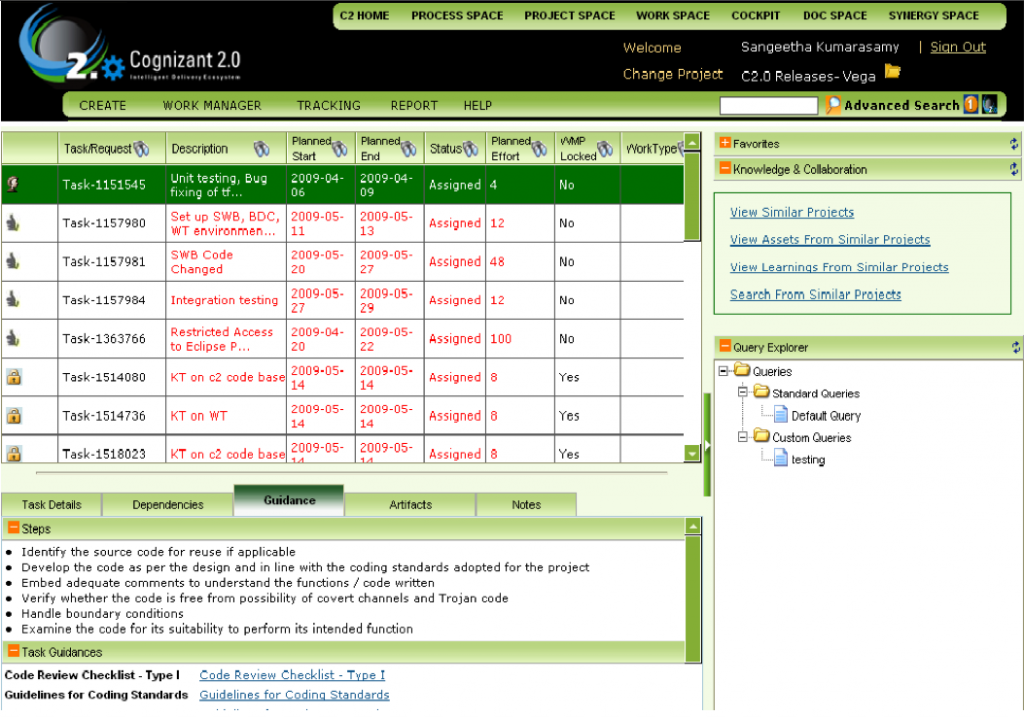My friend, Alan Lepofsky, has always made this point, “Social people are different. The rest of the world is not like us.” Ironically, Alan and I get into the most hair-splitting among our pro-social circle of friends, but I’ve come to understand he is absolutely right about this. “We” are a different breed. The online spirit of generosity, kindness, sharing, transparency, a first-instinct of collaboration is unique to a small tribe that discovered and advocated for social technologies in the enterprise. When we try to introduce these tools to our friends, our family, new clients, other colleagues, it falls flat. It’s “2.0 adoption” all over again. It’s made me wonder if we truly are different. Are our brains wired differently? I’d love to test this with a social scientist. My hypothesis is we have a “giving” gene.
My French friend, Cecil Dijoux, whom I’ve come to know via the social web apparently sees the same phenomenon. In this video, he refers to us as “Asbergers” which he picked up from the Silicon Valley HBO series where it was meant to be “weird.” Of course, Asberger’s is a serious condition on the Autism spectrum, but I grok the sentiment. “We recognize each other by the way we think and talk.”
It’s unusual to want to change the world, or to pursue a purpose with passion at work. It’s counter-intuitive to behave in a way that benefits a group vs. our own self-interest (exclusively).
I’ve always believed there were more of “us” than “them” if only we could get the message out to the rest of the world about the freedom and joys of working socially. Effectively, once you start working this way, it changes your worldview. You become more empathetic, less self-serving. Lately, I’ve become cynical. I never thought I’d lose my faith in humanity to do the right thing, but as the years go by, the more I think I simply just want to connect to the other “giving gene” people.
If you know what I’m talking to about, let’s connect. We may not be able to change the rest of them, but if we add more nodes to our team, we will have meshed together our own social network of like-minded, giving people. And that’s a beautiful thing.





